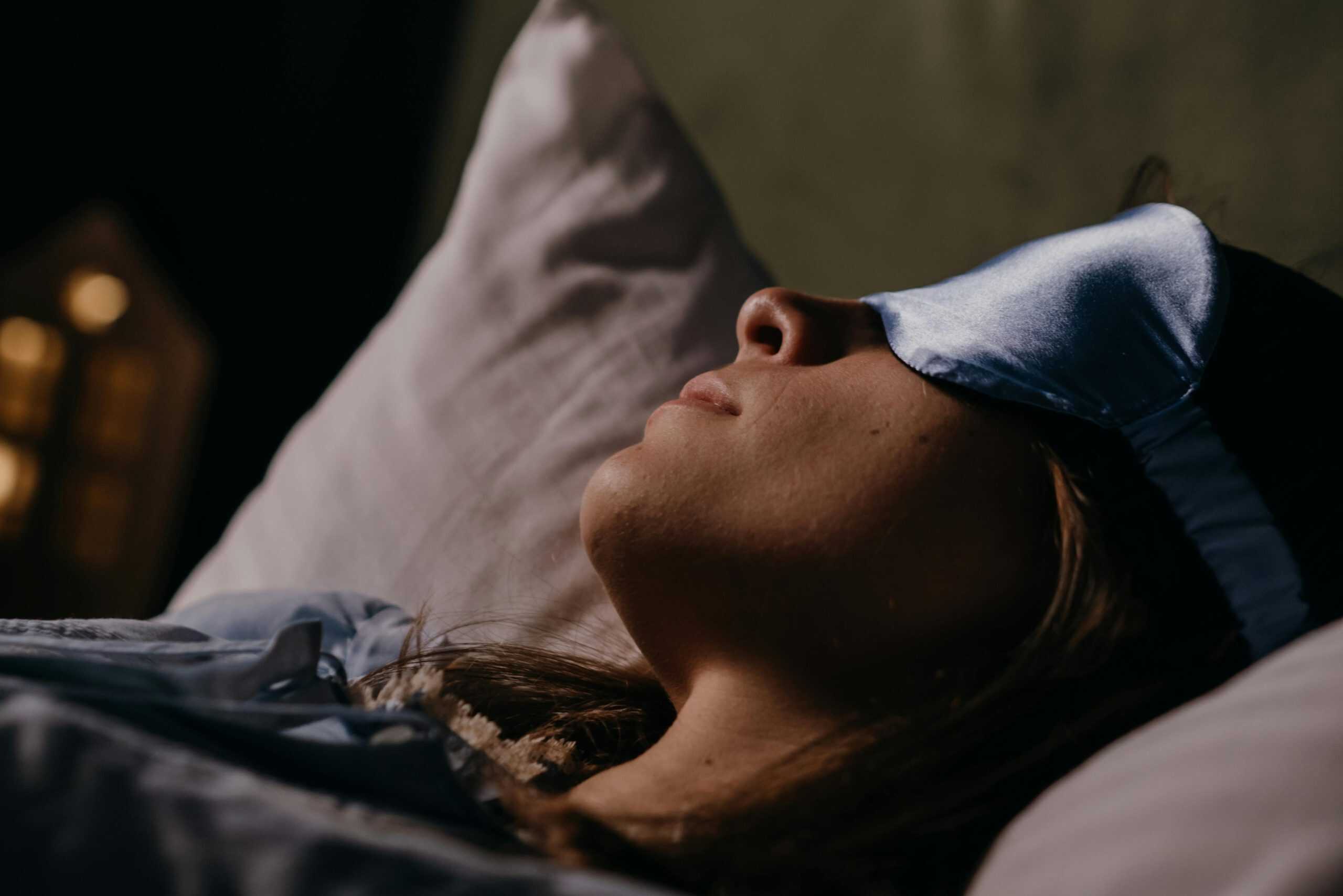White Noise, Deep Peace: Why Sound Machines Are the New Sleep Ritual
Is it just me, or has everyone suddenly become an expert on the “perfect” sleep setup? Your friend won’t shut up about their blackout curtains, your coworker swears by their weighted blanket, and now, your TikTok feed is flooded with videos of… static? Welcome to the strange and wonderful world of white noise, the latest sleep trend that’s got everyone buzzing—or, more accurately, humming.
It feels like just yesterday we were all trying to sleep in complete silence. Now, people are intentionally blasting fuzzy sounds into their ears all night. But is there any actual science behind this, or is it just another wellness fad we’ll be laughing about in a few years? Let’s dive in and find out if this auditory masking is the real deal or just, well, noise.
Drowning Out the Noise (Literally)
So, what’s the big idea behind white noise? The main selling point is its ability to create a “sound shield.” Imagine you’re trying to sleep, but your neighbor decides 2 AM is the perfect time to practice their drum solo. Or maybe your partner snores like a freight train. These sudden, sharp sounds can jolt your brain out of its precious sleep cycle.
White noise works by masking these disruptive sounds. It’s a constant, steady stream of sound that contains all the frequencies the human ear can hear, played at an equal intensity. Think of it like a smooth, sonic blanket. Instead of hearing every creak and groan, your brain just registers the consistent hum of the white noise. According to some studies, this can help people fall asleep up to 38% faster. For anyone living in a noisy city or with a loud pet, that sounds like a dream come true.
Is This All Just a Placebo?
Look, the science is a bit of a mixed bag. Some studies rave about the benefits, while others suggest it might not be all it’s cracked up to be and could even disrupt sleep for some. Dr. Satriale, a sleep expert, explains it as “auditory masking,” where one sound reduces your perception of another. It makes sense in theory, but everyone’s brain is wired differently.
Some people find the constant hum incredibly soothing, helping to quiet anxious thoughts and create a calming environment. It gives your brain something simple to focus on, signaling that it’s time to wind down. But for others, it’s just another annoying sound in a world already full of them. It really seems to boil down to personal preference. If you’re someone who is easily distracted by every little noise during the night, it might be worth a shot.
A Whole Rainbow of Noise
Just when you thought it couldn’t get any weirder, it turns out white noise has siblings. That’s right, there’s a whole color spectrum of noise, each with its own unique properties.
- Pink Noise: Softer and less harsh than white noise, with more emphasis on lower frequencies. Think gentle rain or rustling leaves.
- Brown Noise: Even deeper and bass-heavy, like a strong waterfall or thunder. It’s become a huge hit for focus and relaxation.
- Grey Noise: A more balanced sound that’s often described as “softer” and less attention-grabbing than its colorful relatives.
And it doesn’t stop there. People are listening to everything from “underwater white noise” to the “ambient steaming of a boiler.” There are entire YouTube channels and podcasts, like Relaxing White Noise, dedicated to providing hours of these sounds. It’s a whole rabbit hole of auditory experiences.
So, is a sound machine the key to unlocking deep, uninterrupted sleep? Maybe. Or maybe it’s just a high-tech security blanket for our ears. The only way to know for sure is to try it. Just don’t be surprised if you find yourself arguing with a friend over whether brown noise is superior to pink noise for a good night’s rest. What a time to be alive.







